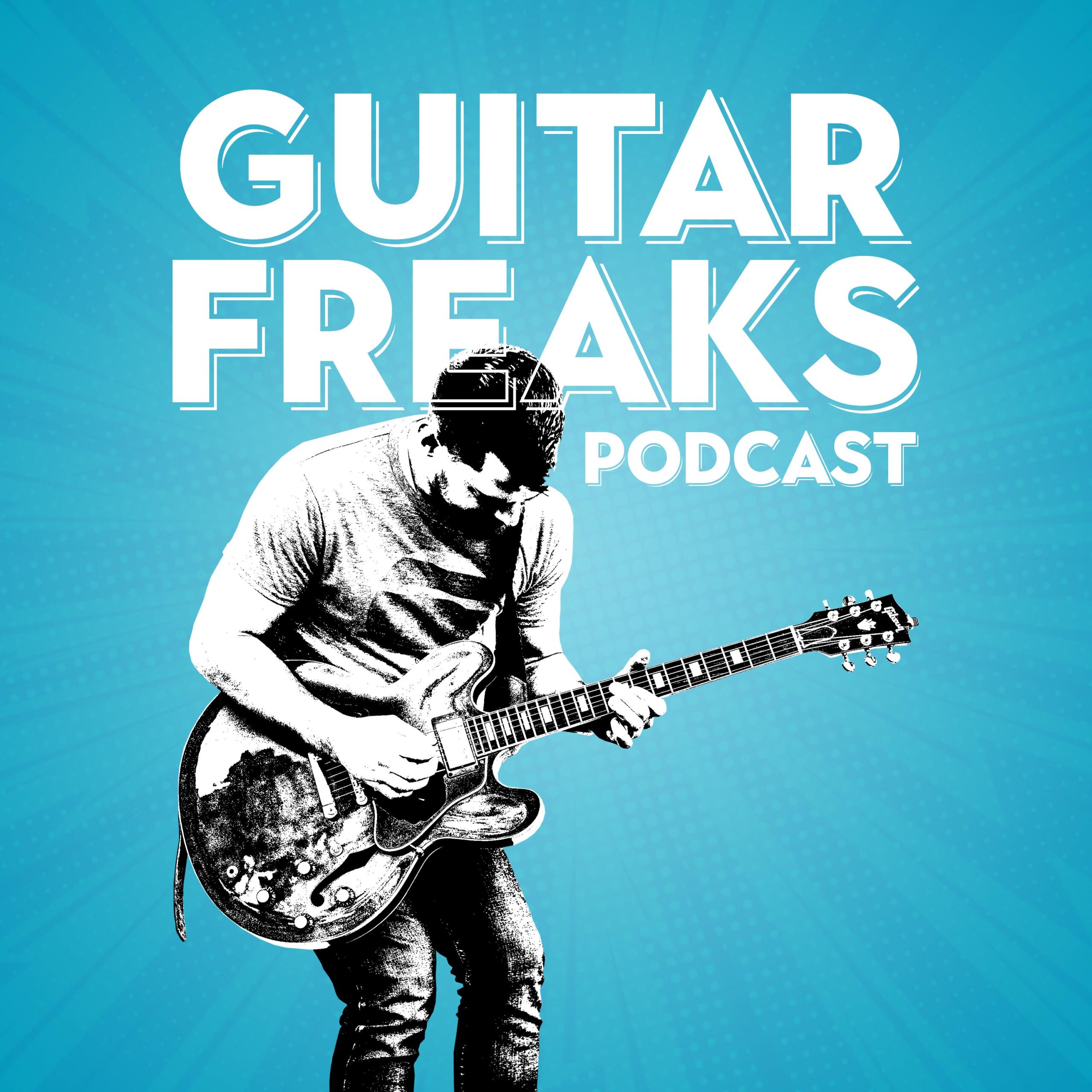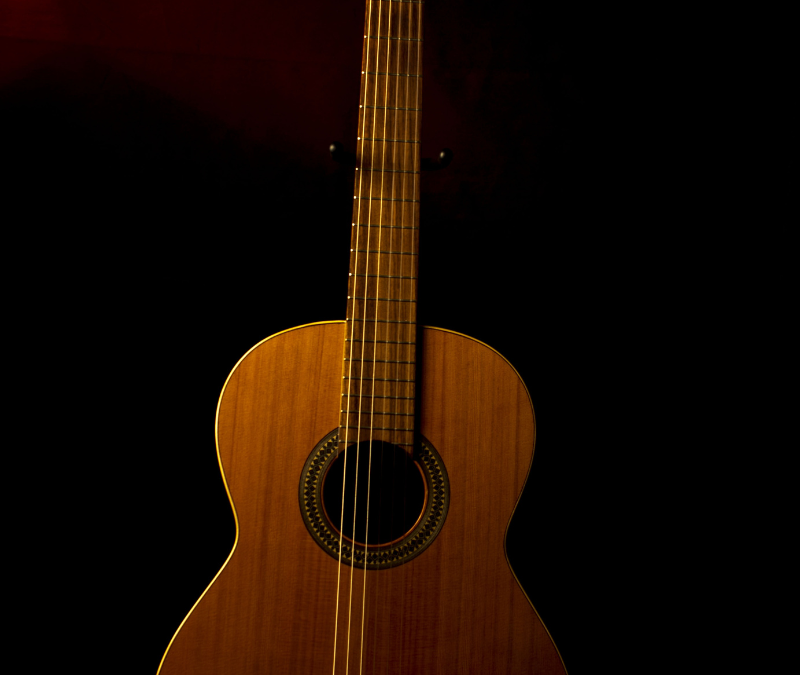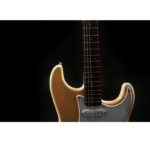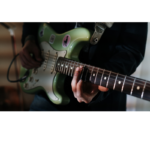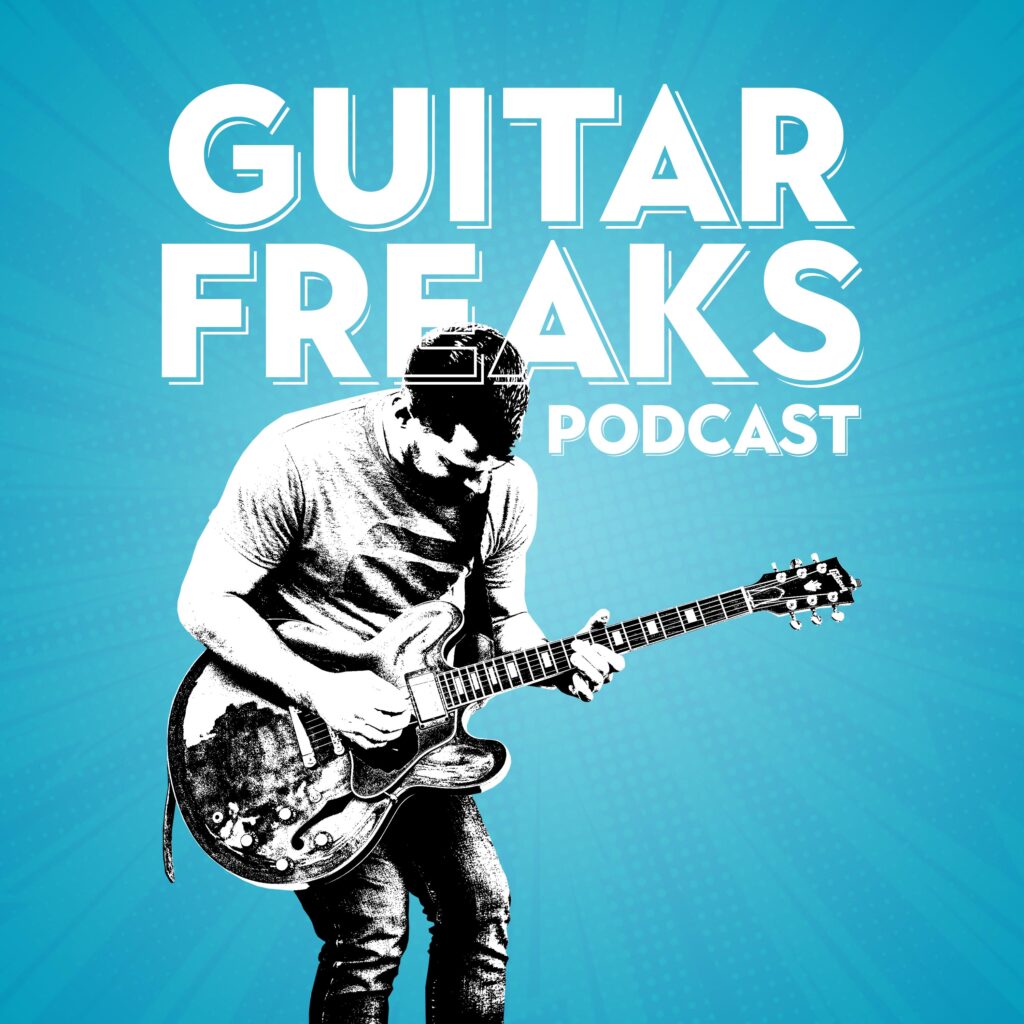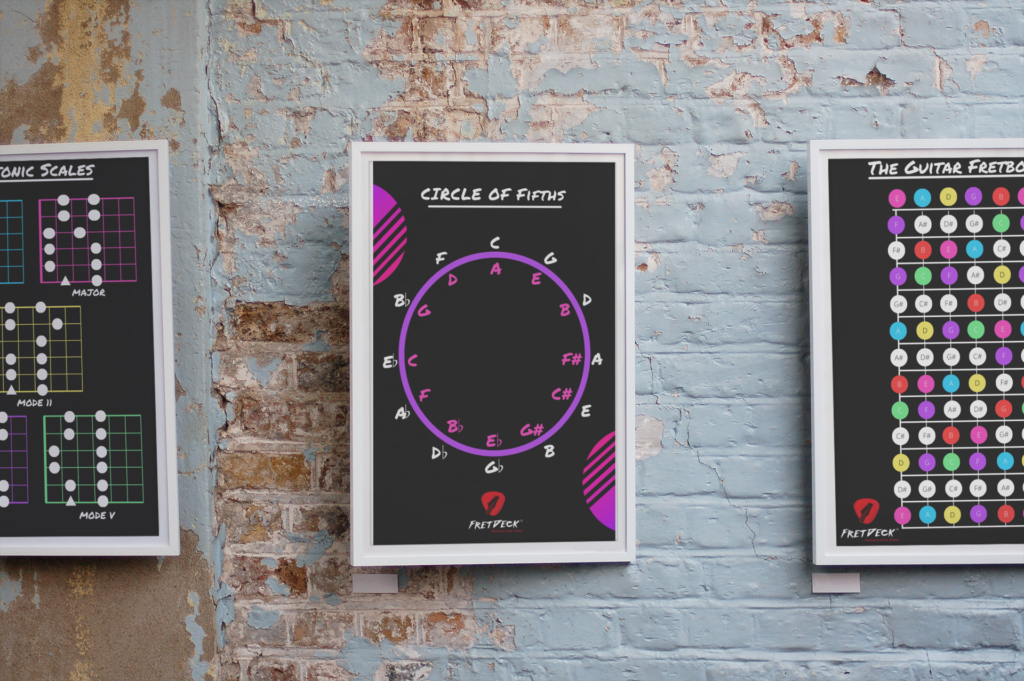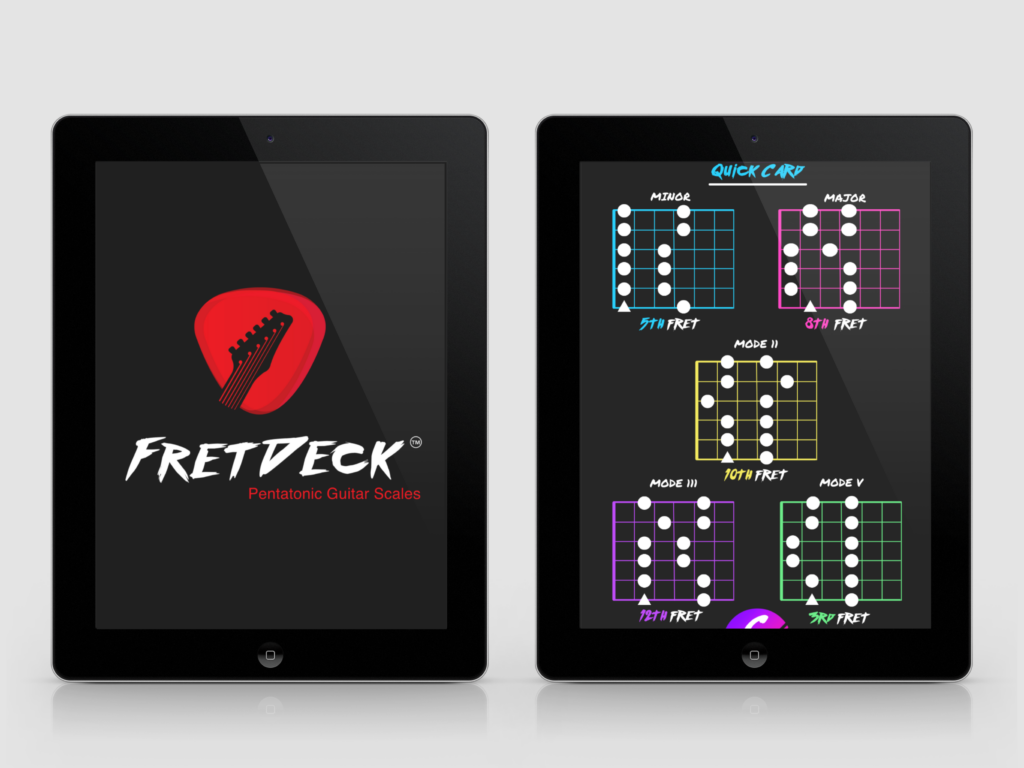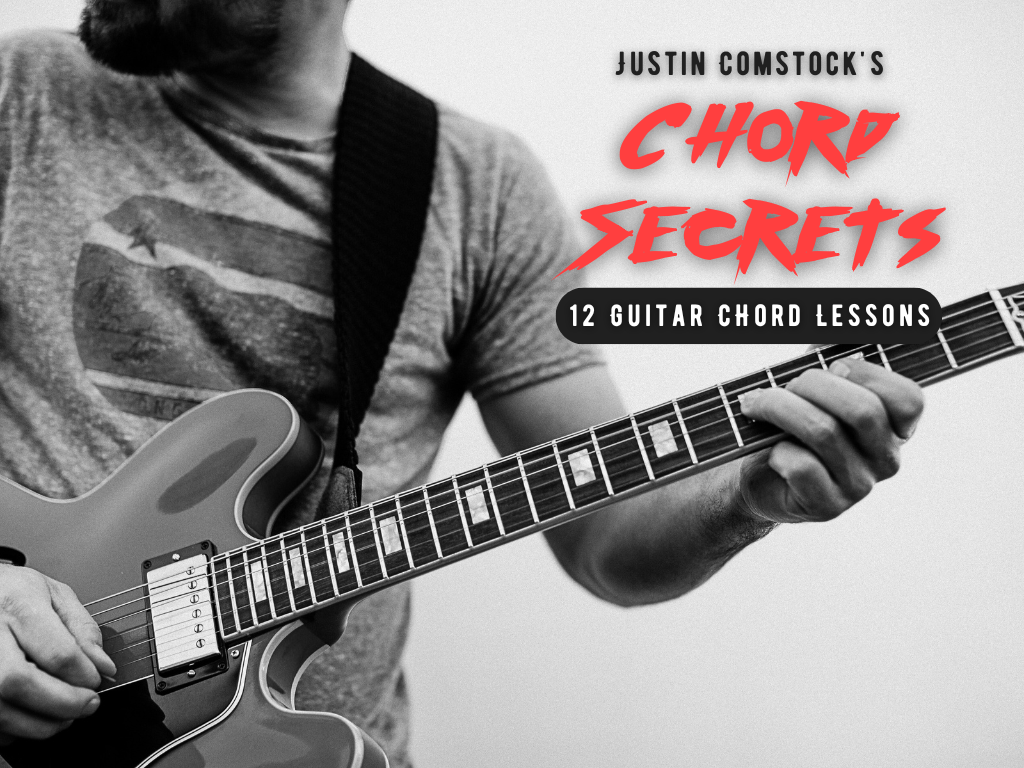Hey there, guitarist!
If you’ve ever wondered how to learn the guitar fretboard, you’re not alone. For many players, the fretboard feels like a jumbled mess of notes and patterns. But here’s the truth: learning the fretboard is much simpler than it seems. With the right approach, you can unlock the neck and play with freedom, confidence, and creativity. Use a few techniques to how to learn the guitar fretboard.
This guide will walk you through everything you need to know to master the fretboard, from learning the notes to applying scales and patterns. By the end, you’ll have a clear roadmap to navigate the neck with ease. Let’s dive in!
Why You Should Learn the Guitar Fretboard
Knowing how to learn the guitar fretboard isn’t just a “nice-to-have” skill—it’s a game-changer for your playing. Here’s why:
- Play Anywhere on the Neck: Move beyond open chords and basic riffs.
- Improve Improvisation: Create better solos and licks on the fly.
- Understand Theory: See how chords, scales, and arpeggios fit together.
- Write Music More Easily: Unlock your creativity with a deeper knowledge of the instrument.
Once you know the fretboard, your guitar transforms from a mystery to a tool for expressing your ideas.
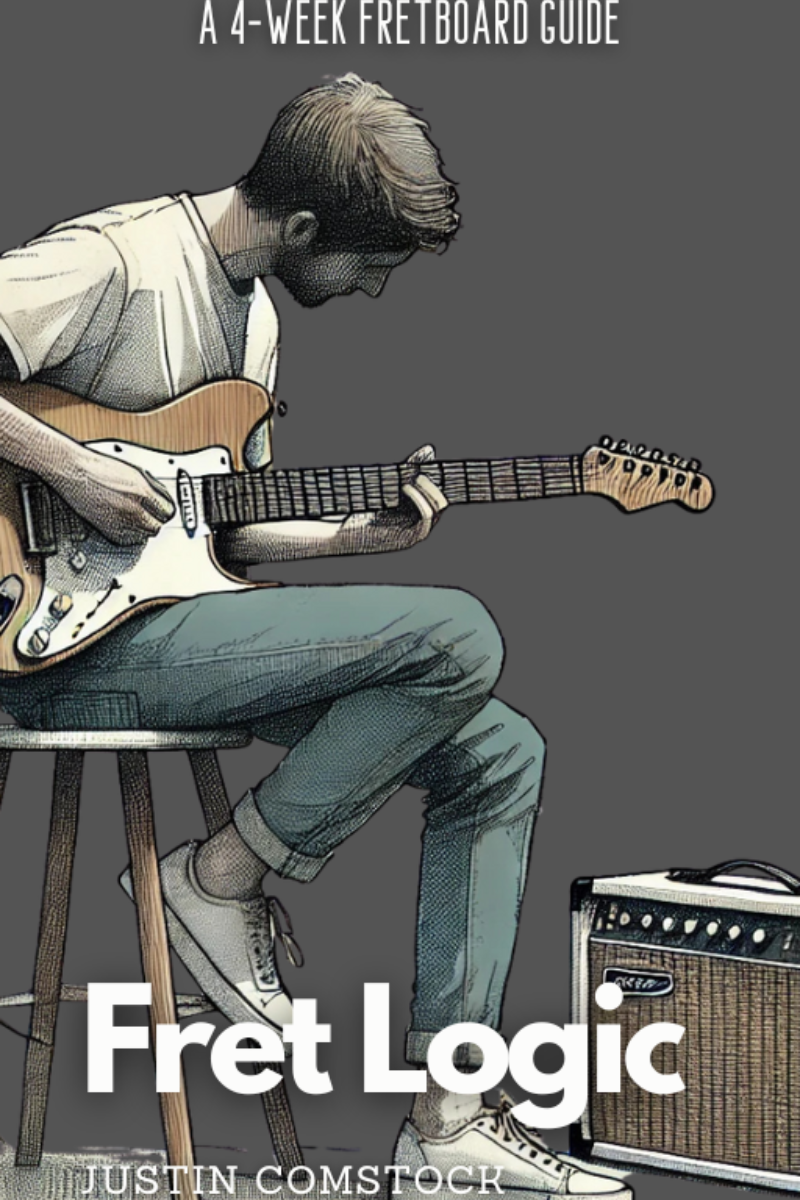
Join Guitar Freaks Hangout on Discord! 🎸
Get Fret Logic FREE!
Join the Guitar Freaks Hangout Discord and get exclusive access to my entire e-book, Fret Logic! Master the fretboard and elevate your solos with this comprehensive guide.
👉 Don’t miss out—join now and download your free copy!
Step 1: Start with the Basics – Open Strings and the Musical Alphabet
The first step in learning the guitar fretboard is mastering the open strings and the musical alphabet. These two fundamentals lay the groundwork for everything else.
Memorizing the Open Strings
The open strings on the guitar (from low to high) are:
- E (6th string)
- A (5th string)
- D (4th string)
- G (3rd string)
- B (2nd string)
- E (1st string)
Use a simple mnemonic like “Eddie Ate Dynamite, Good Bye Eddie” to help you remember them.
Understanding the Musical Alphabet
The musical alphabet is straightforward: A, B, C, D, E, F, G. Between most of these notes are sharps (#) or flats (b), except for B-C and E-F, which have no sharp/flat between them.
For example, on the low E string:
- Open = E
- 1st fret = F
- 2nd fret = F#
- 3rd fret = G, and so on.
Step 2: Focus on Natural Notes First
To simplify the process of learning the guitar fretboard, start with the natural notes (A, B, C, D, E, F, G). These notes occur without sharps or flats and form the backbone of scales and chords.
How to Practice Natural Notes
- Low E String: Play and say each natural note from the open string to the 12th fret (E → F → G → A → B → C → D → E).
- A String: Repeat the same exercise starting on the open A string (A → B → C → D → E → F → G → A).
Learning these two strings first helps you visualize patterns across the fretboard.
Step 3: Use Octave Patterns to Expand Your Knowledge
Once you’ve memorized natural notes on the E and A strings, use octave patterns to find these notes elsewhere on the neck.
Octave Pattern Example
- The note on the 3rd fret of the low E string (G) is also on the 5th fret of the D string.
- Similarly, the note on the 5th fret of the A string (D) is on the 7th fret of the G string.
By practicing these patterns, you’ll start to see how the fretboard connects across strings and frets.
Step 4: Apply the CAGED System for Chords and Scales
The CAGED system is one of the most effective ways to learn the guitar fretboard. It teaches you how to move five basic chord shapes (C, A, G, E, D) across the neck to play chords in every position.
How the CAGED System Works
- Play a C chord in its open position.
- Move the shape up the neck to create other chords, adjusting for barre chords.
- Repeat the process with A, G, E, and D shapes.
Why CAGED Is Important
- It helps you visualize the fretboard in sections.
- It connects chords to scales, making it easier to improvise and solo.

Join Guitar Freaks Hangout on Discord! 🎸
Get Fret Logic FREE!
Join the Guitar Freaks Hangout Discord and get exclusive access to my entire e-book, Fret Logic! Master the fretboard and elevate your solos with this comprehensive guide.
👉 Don’t miss out—join now and download your free copy!
Step 5: Master Scales and Patterns for Lead Playing
Scales are the key to unlocking lead guitar playing. Start with the pentatonic scale, which is simple, versatile, and sounds great in almost any context.
How to Practice the Pentatonic Scale
- Learn Box 1 of the minor pentatonic scale (e.g., A minor pentatonic on the 5th fret).
- Expand to all five positions of the scale.
- Practice connecting the shapes to move fluidly across the fretboard.
Once you’re comfortable with the pentatonic scale, explore the major scale and modes like Dorian or Mixolydian for more melodic options.
Step 6: Make It Stick with Regular Practice
Consistency is the key to learning the guitar fretboard. Here’s how to make progress every day:
- Set Small Goals: Focus on one area of the fretboard at a time (e.g., natural notes on the low E string).
- Use Backing Tracks: Practice scales and improvisation over different keys to reinforce what you’ve learned.
- Quiz Yourself: Use tools like FretDeck’s Fretboard Flashcards to test your memory of notes and patterns.
Common Challenges (and How to Overcome Them)
Feeling Overwhelmed
Break the fretboard into smaller chunks. Start with one string or one area of the neck before expanding.
Getting Stuck in One Position
If you always play in the same spot, challenge yourself to shift up and down the neck. Practice moving between different scale patterns or chord shapes.
Forgetting Notes
Repetition is your friend. Spend a few minutes each day reviewing notes, and they’ll stick over time.
Your Tools for Fretboard Success
Want to learn faster? These resources can help:
- FretDeck’s CAGED Mastery Course: A step-by-step guide to navigating the neck.
- Interactive Apps: Tools like GuitarToolkit or Yousician make learning notes and scales fun.
- FretDeck Flashcards: Perfect for quizzing yourself on notes and patterns.
Join the Guitar Freaks Hangout
Learning how to master the guitar fretboard is easier when you have support. Join the Guitar Freaks Hangout on Discord, where you can connect with other players, share tips, and get encouragement from a thriving community of guitar enthusiasts.
Final Thoughts
Learning the guitar fretboard is a journey, but it’s one of the most rewarding skills you can develop. Start small, stay consistent, and celebrate each milestone along the way. Before you know it, you’ll be navigating the neck with confidence and creativity.
Looking to deepen your understanding of scales? Check out our comprehensive guide on Guitar Major Scales: A Guide to Mastering Scales and Modes to enhance your fretboard navigation.
For a deeper dive into fretboard theory, check out this excellent resource on Fretboard Mastery Techniques from JustinGuitar

Join Guitar Freaks Hangout on Discord! 🎸
Get Fret Logic FREE!
Join the Guitar Freaks Hangout Discord and get exclusive access to my entire e-book, Fret Logic! Master the fretboard and elevate your solos with this comprehensive guide.
👉 Don’t miss out—join now and download your free copy!
